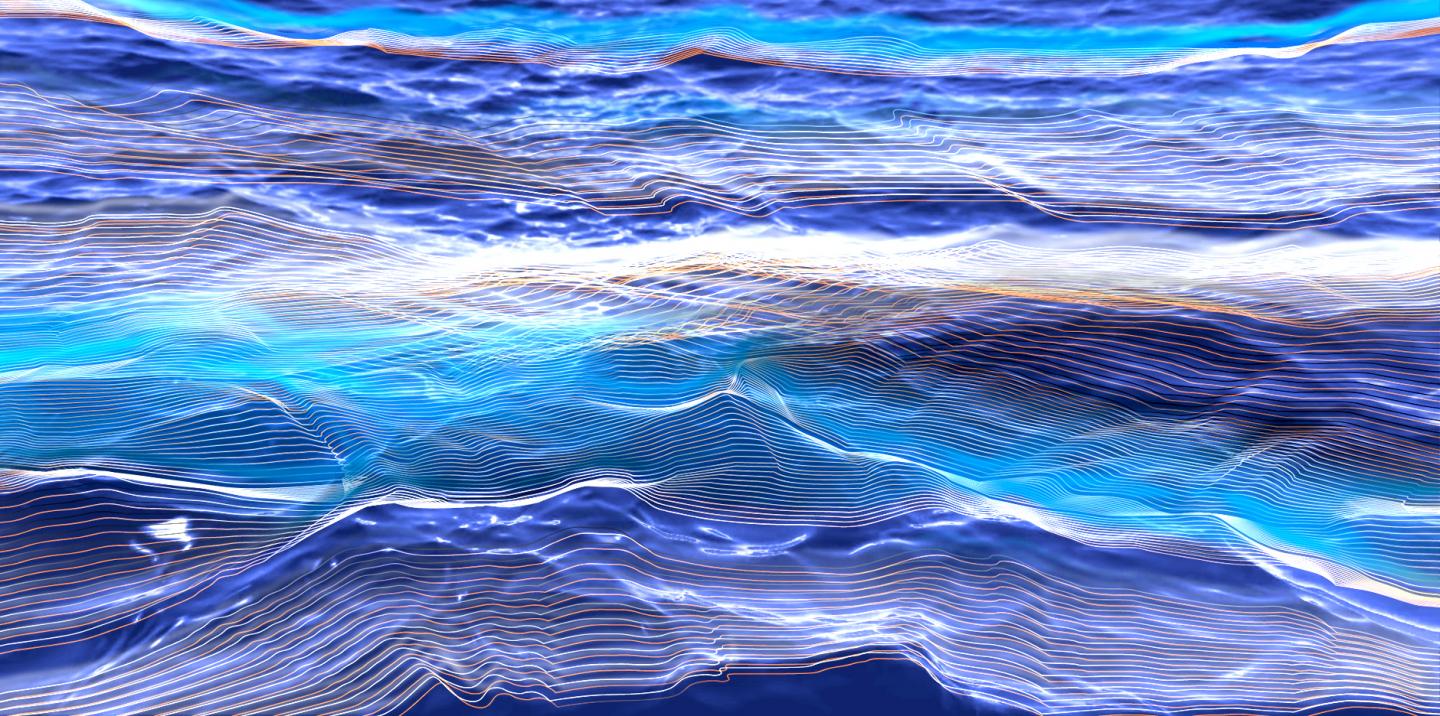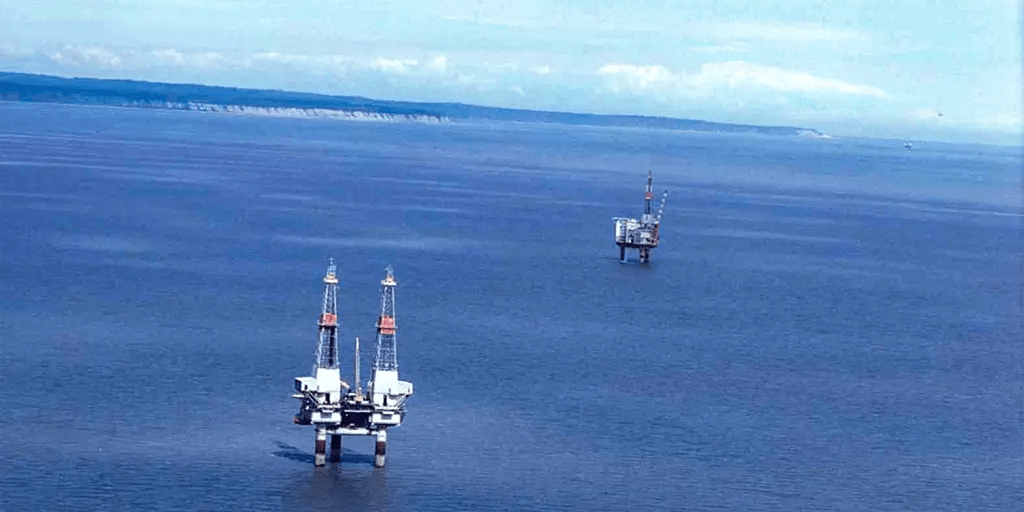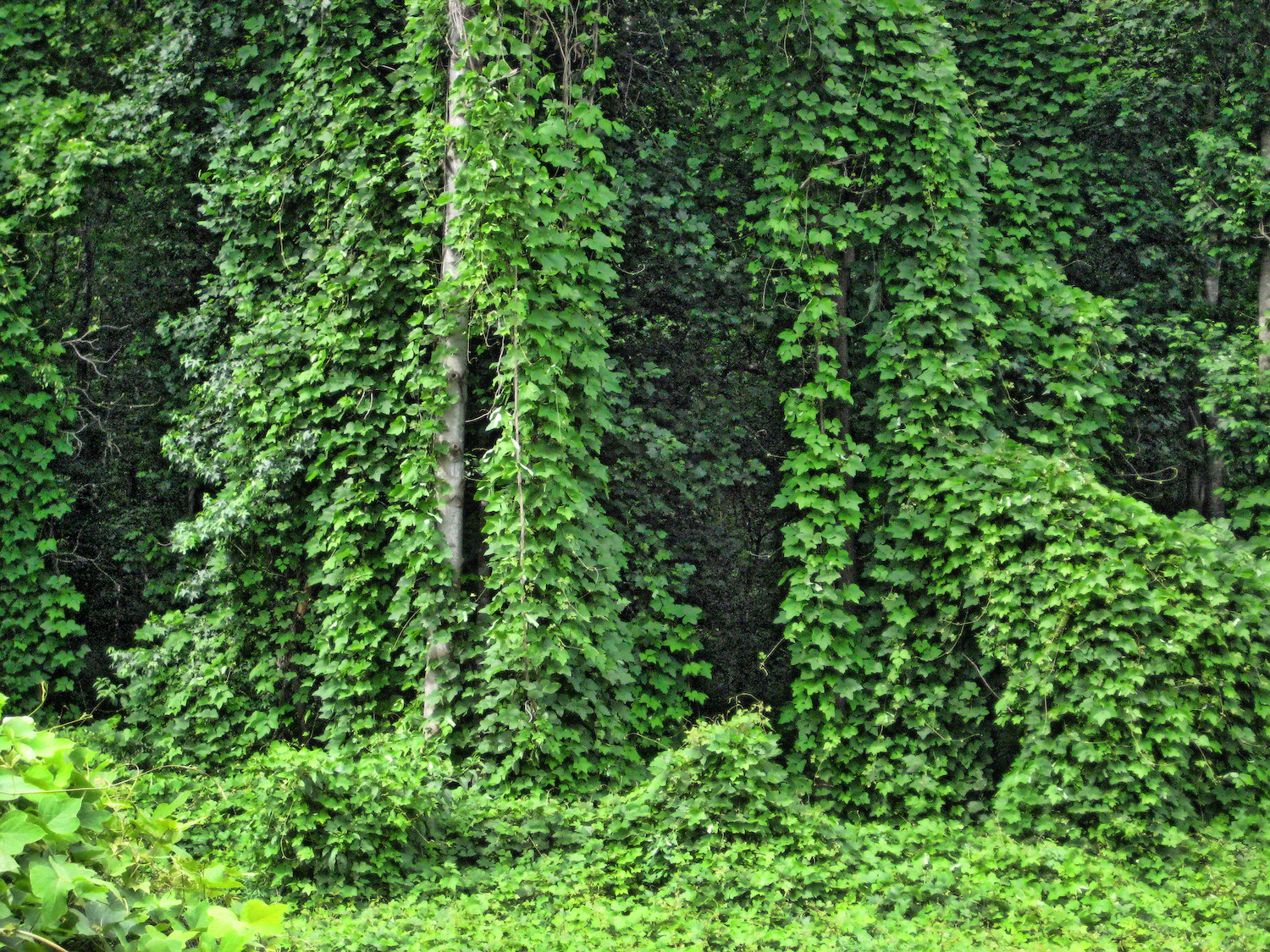The first animals with mineral skeletons changed the way sediments develop on Earth forever, according to new research.
Sediments are often modified by the mineral-rich skeletons of living organisms. Famously, the White Cliffs of Dover in southern England are made up of chalk created by the skeletons of tiny coccolith algae that sank to the seafloor 100–70 million years ago.
It was previously believed that sedimentary systems weren’t modified by the skeletons of animals until the beginning of the Cambrian period 541 million years ago.
However, the first mineral skeletons emerged in the earlier Ediacaran period, 635–541 million years ago.
A new study published in the Geological Magazine looked at rocks from the Late Ediacaran Tamengo Formation in Brazil and found that Ediacaran organisms with skeletons did indeed have an impact on sedimentation. The formation dates to 555–542 million years ago.
The researchers focused on the Ediacaran animal Corumbella which is a tubular creature up to a few centimetres long. These enigmatic animals had multi-element skeletons which, the geologists showed, could disarticulate to form sand-sized particles which altered sedimentation patterns on the ancient seafloor.
They found evidence that Corumbella skeletons had caused sedimentary features including laminations, cracks, ripples and bioclasts (fossils found in sedimentary rock).
“Here, we present evidence for the physical and chemical substrate redistribution of bioclasts generated by Ediacaran biomineralising metazoans”, the authors write. This pushes such organism-driven sedimentation “far earlier than previously thought, resulting in a restructuring of this sedimentary factory which persists today.”










Leave a Comment